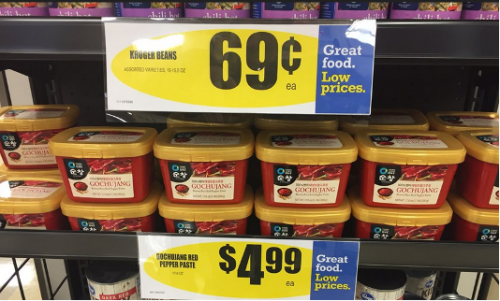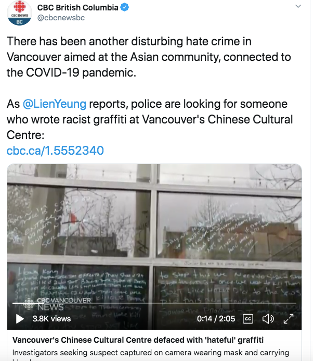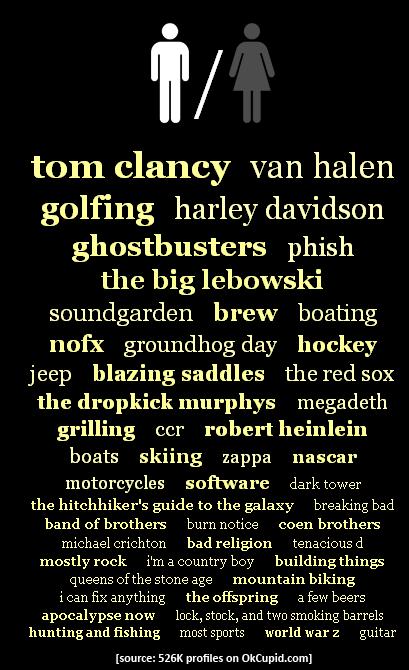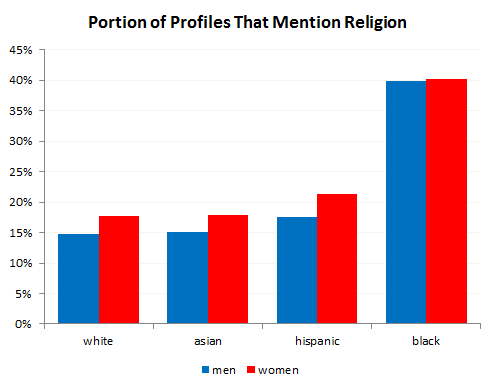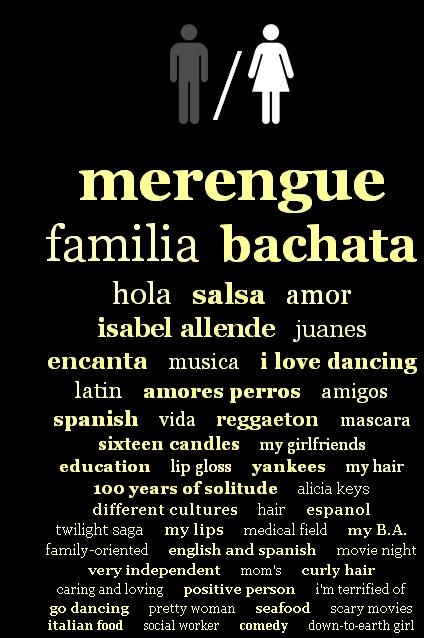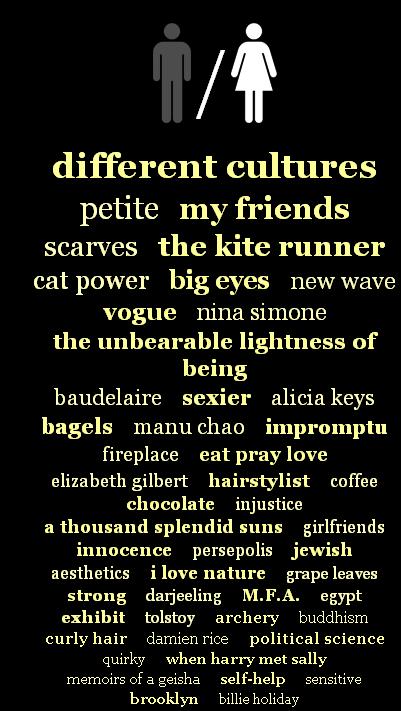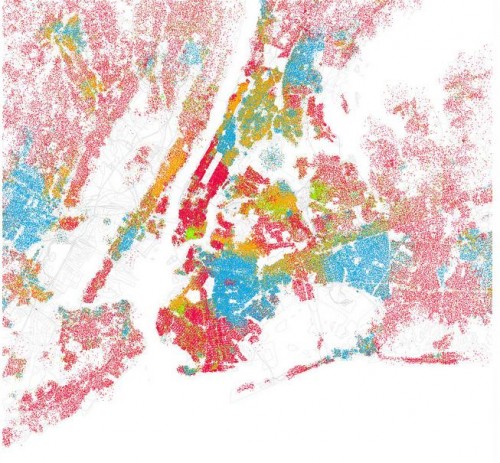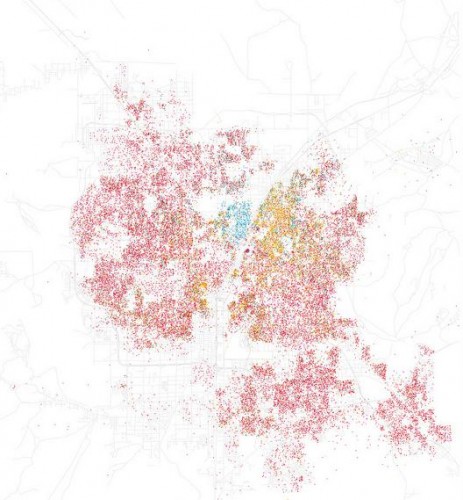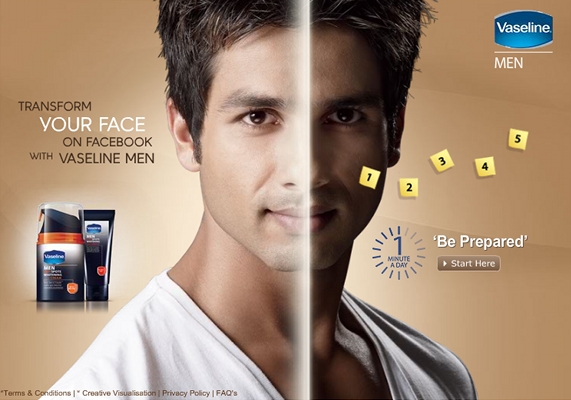It is good to be a Korean today because the world is fascinated with Koreanness, from K-pop to K-dramas, K-movies, K-food, K-fashion, and K-beauty. It is no exaggeration to say that Korean culture has become synonymous with being cool and being hip. Things were quite different, however, not too long ago.
It was around 2018 at a local supermarket in Kansas when I realized that K-culture was becoming the mainstream in the U.S. I uncovered a stack of gochujang, Korean red chili pepper paste, on the shelf. This was way before the success of the movie Parasite, which won the Best Picture Oscar in 2020, or 2021 Netflix’s Squid Game, which became Netflix’s biggest debut hit by reaching 111 million viewers. Of course, some Korean cuisine like kimchi, bibimbap, bulgogi, and kalbi were already in American’s food lexicon. However, I did not expect to see a pile of gochujang boxes at a local grocery store.
As I stood in front of this stack of red containers, I felt happy and crying at the same time. I was elated that I found my food at an American supermarket, and I was sad that it took more than two decades for me to find my food at an American supermarket. It was an indicator of acceptance and normality. It seemed to be telling me that the flavor of gochujang is not either exotic or foreign any more.
I thought, this must be the same feeling for those who came to the U.S. before me when they found sesame oil at local American supermarkets around the 2000s. When sesame oil was foreign and exotic, these immigrants had to travel to Asian markets in big cities for five to seven hours. I used to travel an hour and a half just to buy gochujang in Kansas City.
Gochujang is a key ingredient in cooking Korean food, and it can be very versatile. It is used to make various stew and soup, or can be mixed with rice. In the 1990s, gochujang was a must-item for young Korean backpackers for traveling Europe. Many young students carried gochujang to Europe so they could eat it with breads. I am sure that this was a way to prevent craving for a taste of home while traveling. As a matter of fact, that was how I survived my two-month backpacking back in 1995. It is also a cultural touchstone. In the 2021 movie Minari, grandmother Soon-ja (played by Youn Yuh-Jung) travels to the U.S. to see her daughter. She brings many Korean food items including chili powder, which can be used to make gochujang. In the 1980s, finding gochujang in a small town was virtually impossible in the U.S.
Like sesame oil, the flavor of gochujang has not changed over the years. It is the people who have changed. Americans do not see gochujang foreign or exotic taste anymore. This is consistent with other immigrant food trends like pizza, kimchi, and hummus. The other day I had a brief talk with a young lady, who was holding a container of gochujang at a local store. She said, “I love gochujang. I use gochujang a lot. And I even add gochujang to my Shin-Ramen.” It was a refreshing moment to realize how far gochujang has come.
At the same time, the wide popularity of K-culture has not translated into reduced racism toward Asian Americans. A recent report found that there is a sharp rise in racism and harassment toward Asian Americans, especially Asian women. For example, there were over 9,000 incident reports between March 2020 and June 2021. This bleak reality led a movement like #stopAAPIhate and #stopAsianhate during the Covid-19 pandemic and eventually pushed President Biden sign a bipartisan legislation to stop the hatred and the bias against Asian Americans in 2021. I completed this post during the one-year anniversary of the Atlanta Spa Shooting.
In 2018, whenever I visited the supermarket, I bought a couple of gochujang even though I did not need them. I was so desperate to keep them on the shelf, thinking that if they were not popular they might not return to the store again. Today, I see even more Korean foods like mandu (Korean dumpling), Korean fried chicken, and a wide range of Korean ramen at American supermarkets. Now I notice that gochujang is a staple – there are even different varieties on the shelf. I hope that the U.S. is more willing to embrace people like me in the way they have welcomed my food. I am still crying today because we still encounter racism and bias.
Dr. Sangyoub Park is an associate professor of sociology at Washburn University, teaching Food & Culture, K-Pop & Beyond, Japan & East Asia, Social Class in the U.S., and The Family.

